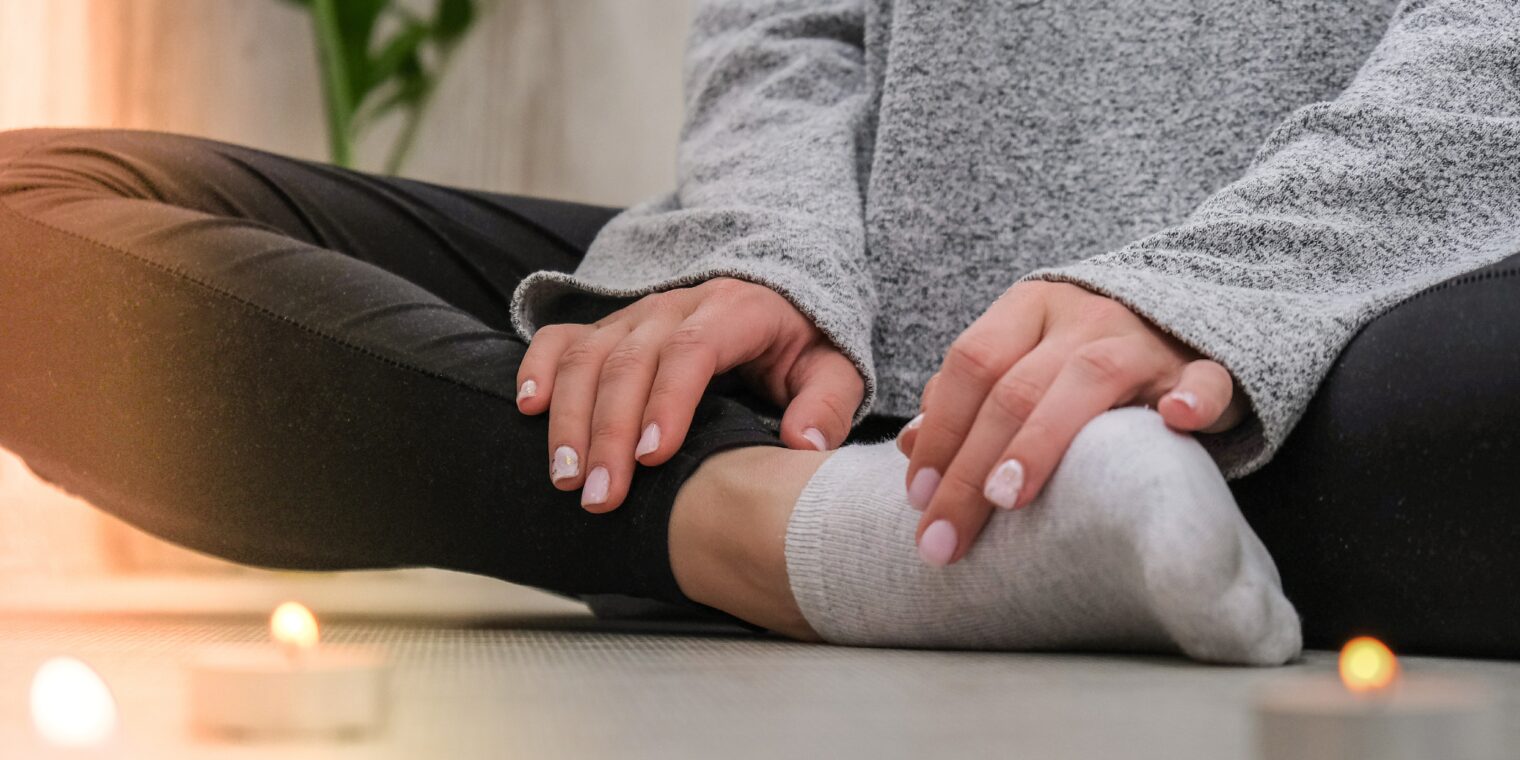Self-soothing is defined as an individual’s efforts or capacity to calm oneself while in a state of emotional distress. Emotional distress can vary in duration depending on how emotionally reactive a person is, how much difficulty they have with regulating their emotions, and how well they recover from emotional distress.
Many self-soothing patterns are learned when we are babies. It is believed that when we are soothed by care-givers, we internalize this soothing and learn how to do it for ourselves. However, there are a variety of ways that we might not develop this skill and end up having difficulty self-soothing as adults. Improving our self-soothing skills as adults requires self-insight, the development of self-soothing skills, and the ability to effectively use these skills to return to an emotional baseline.
Here are some specific self-soothing techniques that may help:
1. Listen to Relaxing Music
Listening to relaxing music has been shown in research to reduce cortisol (an important stress hormone; Khalfa et al., 2003). If you’re feeling agitated or unable to settle down, calming music might just help change the mood, enabling you to breathe deeper, refocus your thoughts, and nudge negative emotions into remission.
2. Take Some Deep Breaths
A key part of self-soothing often involves deactivating the sympathetic nervous system. We can do this by activating the parasympathetic nervous system. This system helps stop our fight or flight responses and return us to a calm state.
We can easily activate the parasympathetic nervous system by taking a few long, deep breaths. One easy breathing strategy to remember is box breathing. Box breathing involves breathing in for a count of four, holding for a count of four, breathing out for a count of four, and then holding for a count of four. Repeat this box breathing method for a few rounds until you start to feel calmer.
4. Try ‘The Butterfly Hug’
EMDR is a therapeutic technique to help people process trauma. One EMDR technique is the Butterfly Hug. The Butterfly Hug is notconsidered to be a self-soothing technique in itself, but rather a technique for processing distressing emotions and material often left from trauma. Soothing is what is thought to occur after processing this material. So this technique is not to be used while experiencing negative emotions, but rather it is to help you work through negative baggage that may be causing heightened distress. Here is a link: https://www.youtube.com/watch?v=iGGJrqscvtU
5. Do Pleasant Activities
In Dialectical Behavior Therapy (DBT), it is suggested that engaging in pleasant activities is a good way to self-soothe (Linehan, 1993). Indeed, regularly doing an activity we enjoy can help us feel more content, and doing this activity when we’re stressed may make us feel better.
Some of my favorite pleasant activities are hiking, reading, spending time with friends, and hanging with my dogs.
6. Reflect on Your Triggers
Perhaps one of the most frustrating parts of experiencing intense negative emotions is not knowing why you experience them. By gaining more awareness about what leads us to get upset in the first place, we can get better control of our emotions.
By exploring common themes for when we get upset, we regain control. Ask yourself, do your emotions get out of control when you’re tired or hungry? In this case, perhaps modifying your schedule to eat more often and sleep longer hours is what you really need.
Try to reflect on whether there are specific thought processes that are making or keeping you upset. Are you ruminating—running the situation over in your mind again and again? Or are you catastrophizing—imagining the worst possible outcomes? Or maybe, it’s your inner critic—that little voice in your head that tells you that you’re not good enough.
Whatever thought processes get you stuck, it’s good to know what they are so you can start talking back to these thoughts. Tell them why they are wrong—or at least unhelpful—so that you can get your mind back.
In Sum
When we’re feeling upset, it can sometimes be hard to self-soothe. But by using some self-soothing techniques, we actually do have a lot of control over how we feel.



